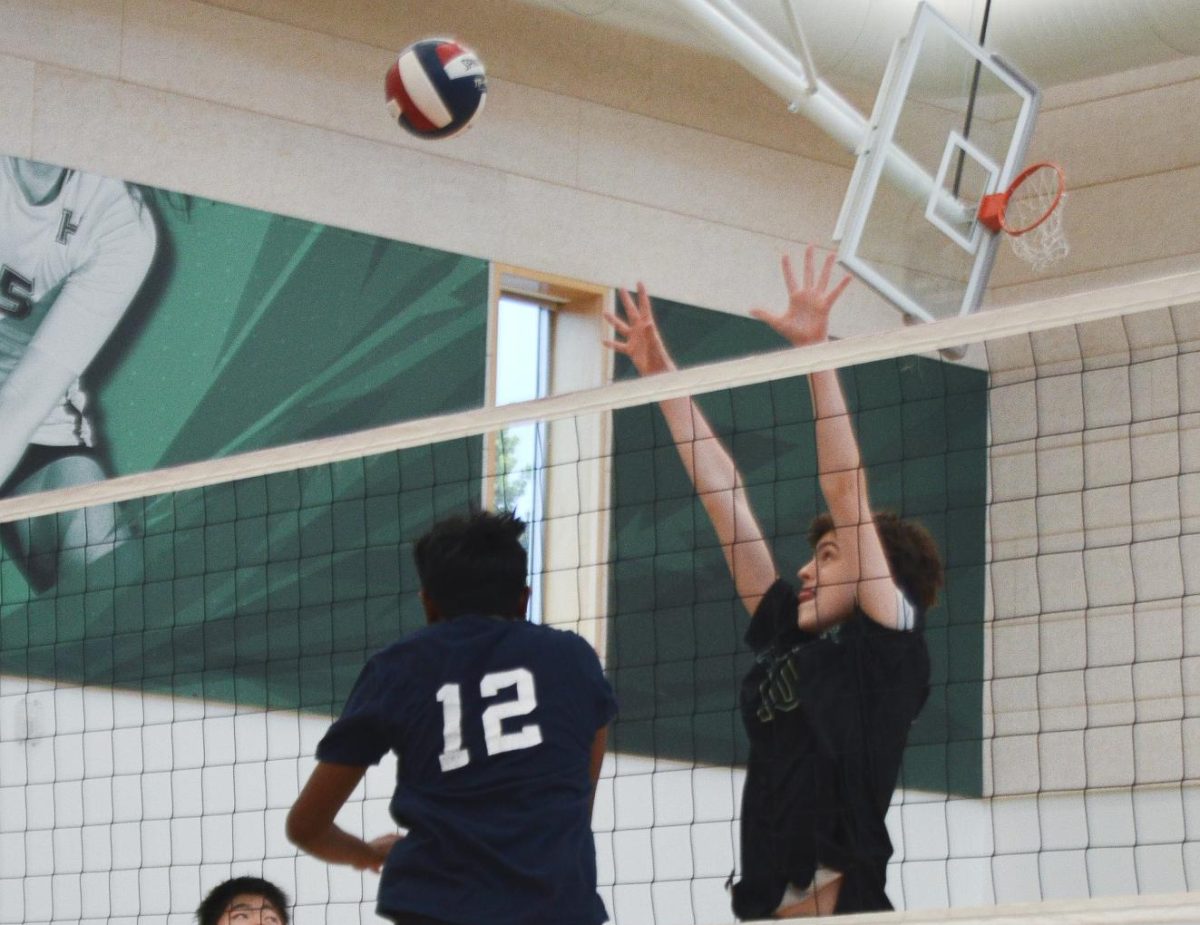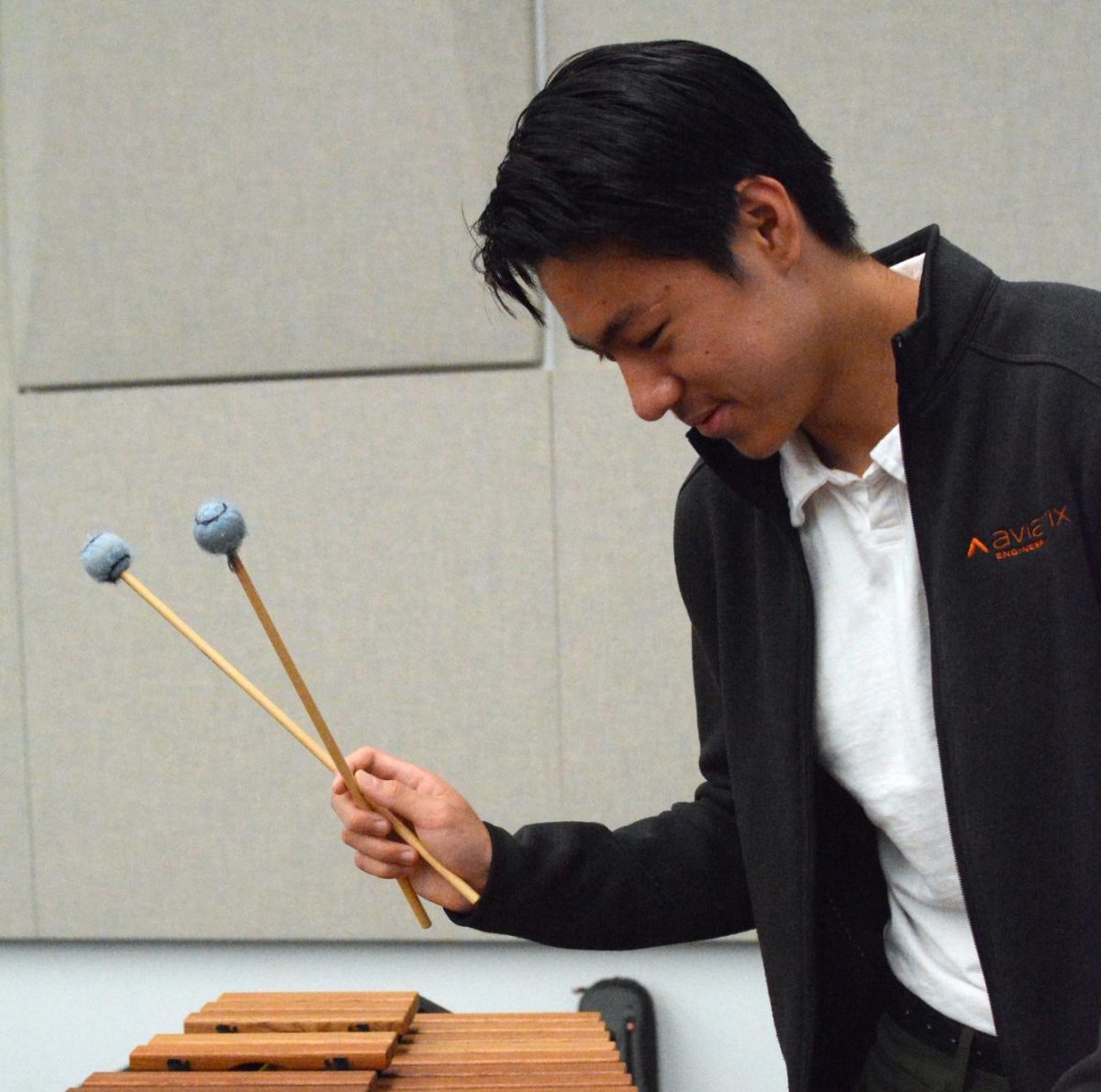When an exam is administered, it serves two purposes: to test how well the students understand the material, and to show whether they can apply that information, not simply regurgitate it.
Or at least, that’s what I thought tests were for. I always believed that students’ scores on tests reflected their understanding of the chapter or unit, along with the effort they invested in preparing for the assessment.
However, the idea of “curving” tests undermines my original belief. When the average score for a given test is subpar, that number is due to either one of two things: perhaps the students were underprepared, in which case the students are to blame, or maybe the teacher underestimated the difficulty of the test, which is a miscalculation on the teacher’s part. For experienced teachers, this misjudgment should rarely occur. They know the students’ abilities, they are aware of what types of questions the students are capable of answering, and most of the time, they know when a test is difficult.
In fact, what is worse than curving tests after the results have all been analyzed is when the teacher hands out an exam knowing that, in the end, the test will have to be curved. They have selected questions that exceed the students’ skill level; and while the students do need to be challenged in the classroom, tests are not the place for surprises. If the teacher honestly believes that these difficult questions can be solved by his or her students, then there should be no need to alter the grade.
For students who encounter these overwhelming exams, by the bottom of the first page, palms sweating and hearts racing with anxiety, they already have preconceived notions that point to failure; and while in reality, they may have scored in the “D” range, the number that appears in the grade report is a resounding “B.” It would be more reasonable to aptly test students’ knowledge, and at the same time, instill some hint of confidence that they can do well without any extra curves. That feeling of walking out of an exam knowing that you did well because you studied and will earn the appropriate grade on your own is a sentiment of bliss.
However, we have become so preoccupied with our grade. Despite a mediocre performance on an assessment, if the scaled grade looks good, then we’re happy. What happened to learning for learning’s sake? Is a letter grade a true proxy for how much we have learned and know? Earning a “C” that has been square root curved up to an “A-” seems to suggest that the student truly does understand the material, when in reality he or she may have missed key concepts. In fact, curving tests detracts from the quality student’s education; a student who performs poorly on a test and has the grade to prove it is more willing to attend an extra help session to review the material. For others, they are simply content with their “A-.”
But let’s face it, no one is complaining when they’re given a few extra points. For students, this just means a higher grade in the class; they are one step closer to that coveted 4.0 GPA. For teachers, it always looks great when all their students have passing grades—they’re most certainly doing their job fine, and they very well might be; yet, who’s to say for sure? It’s quite possible that what started out as a needs-based system has transformed into something teachers depend upon. But if we rely on curving as a fall back with each test where a class performs poorly, we lose the true purpose of tests we sought to achieve in the first place.































![Setter Emma Lee (9) sets the ball to the middle during the match against Pinewood on Sept. 12. “[I’m looking forward to] getting more skilled, learning more about my position and also becoming better friends with all of my teammates, Emma said.](https://harkeraquila.com/wp-content/uploads/2023/09/DSC_4917-2-1200x795.jpg)













































































![“[Building nerf blasters] became this outlet of creativity for me that hasnt been matched by anything else. The process [of] making a build complete to your desire is such a painstakingly difficult process, but Ive had to learn from [the skills needed from] soldering to proper painting. Theres so many different options for everything, if you think about it, it exists. The best part is [that] if it doesnt exist, you can build it yourself, Ishaan Parate said.](https://harkeraquila.com/wp-content/uploads/2022/08/DSC_8149-900x604.jpg)


![“Animation just clicked in a way. I had been interested in art, but that felt different. [Animation] felt like it had something behind it, whereas previous things felt surface level. I wasnt making that crazy of things, but just the process of doing it was much more enjoyable, Carter Chadwick (22) said.](https://harkeraquila.com/wp-content/uploads/2022/08/Screen-Shot-2022-08-16-at-9.44.08-AM-900x598.png)


![“When I came into high school, I was ready to be a follower. But DECA was a game changer for me. It helped me overcome my fear of public speaking, and its played such a major role in who Ive become today. To be able to successfully lead a chapter of 150 students, an officer team and be one of the upperclassmen I once really admired is something Im [really] proud of,” Anvitha Tummala (21) said.](https://harkeraquila.com/wp-content/uploads/2021/07/Screen-Shot-2021-07-25-at-9.50.05-AM-900x594.png)



![“[Volleyball has] taught me how to fall correctly, and another thing it taught is that you don’t have to be the best at something to be good at it. If you just hit the ball in a smart way, then it still scores points and you’re good at it. You could be a background player and still make a much bigger impact on the team than you would think,” Anya Gert (’20) said.](https://harkeraquila.com/wp-content/uploads/2020/06/AnnaGert_JinTuan_HoHPhotoEdited-600x900.jpeg)

![“Im not nearly there yet, but [my confidence has] definitely been getting better since I was pretty shy and timid coming into Harker my freshman year. I know that theres a lot of people that are really confident in what they do, and I really admire them. Everyones so driven and that has really pushed me to kind of try to find my own place in high school and be more confident,” Alyssa Huang (’20) said.](https://harkeraquila.com/wp-content/uploads/2020/06/AlyssaHuang_EmilyChen_HoHPhoto-900x749.jpeg)













![“My slogan is ‘slow feet, don’t eat, and I’m hungry.’ You need to run fast to get where you are–you arent going to get those championships if you arent fast,” Angel Cervantes (12) said. “I want to do well in school on my tests and in track and win championships for my team. I live by that, [and] I can do that anywhere: in the classroom or on the field.”](https://harkeraquila.com/wp-content/uploads/2018/06/DSC5146-900x601.jpg)

![“I think getting up in the morning and having a sense of purpose [is exciting]. I think without a certain amount of drive, life is kind of obsolete and mundane, and I think having that every single day is what makes each day unique and kind of makes life exciting,” Neymika Jain (12) said.](https://harkeraquila.com/wp-content/uploads/2017/06/Screen-Shot-2017-06-03-at-4.54.16-PM.png)















